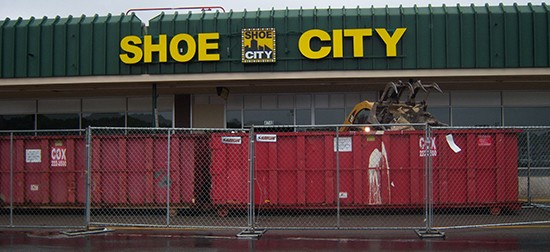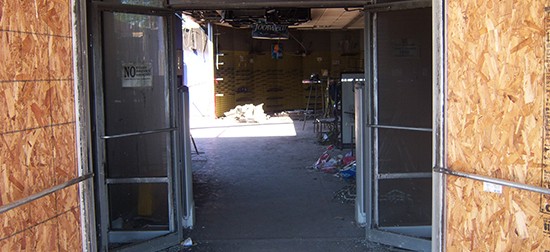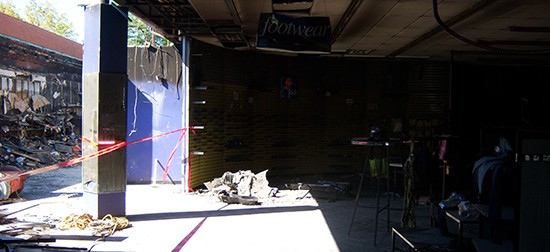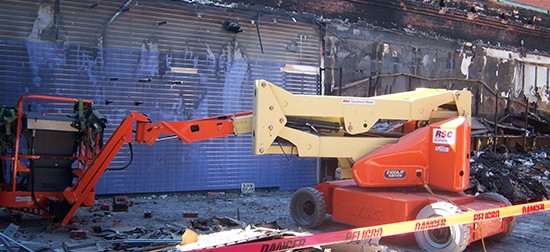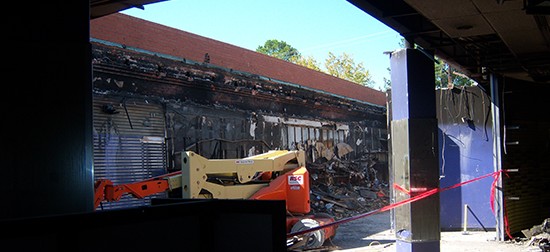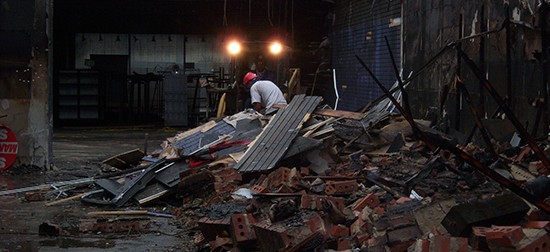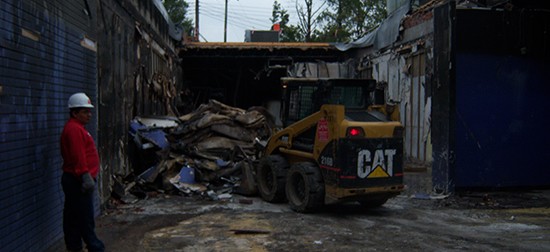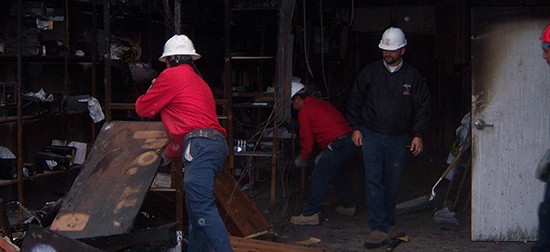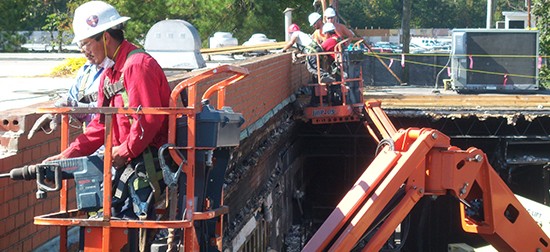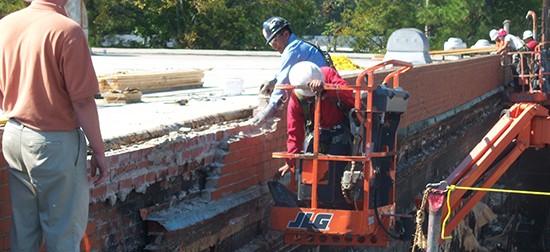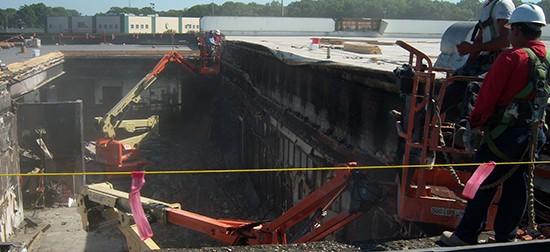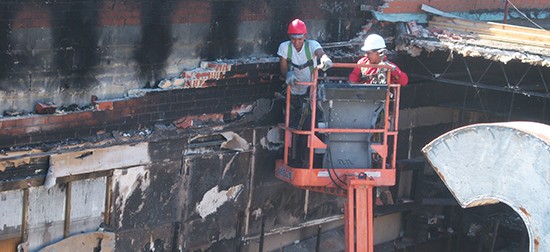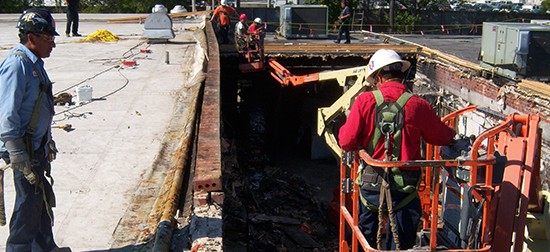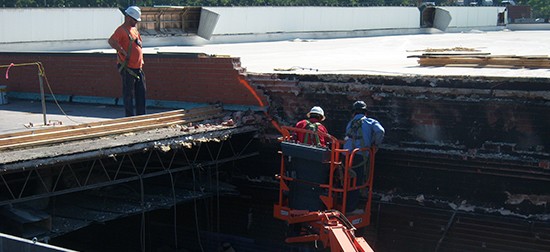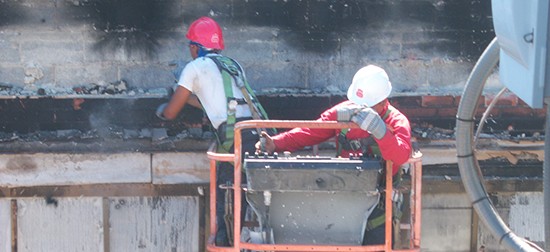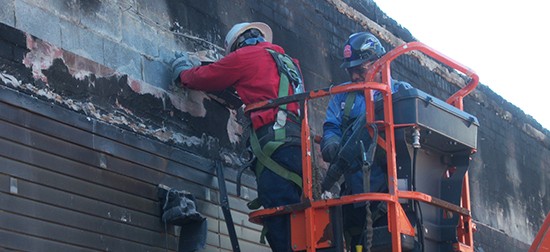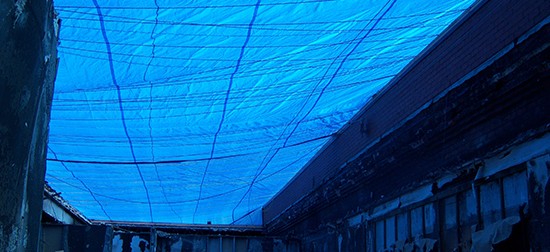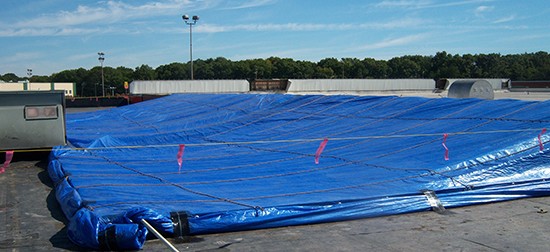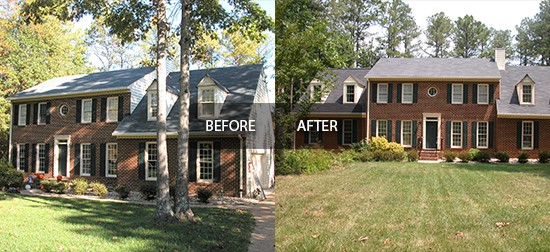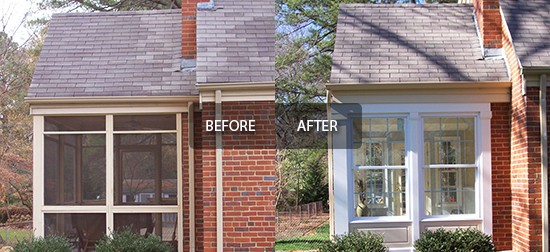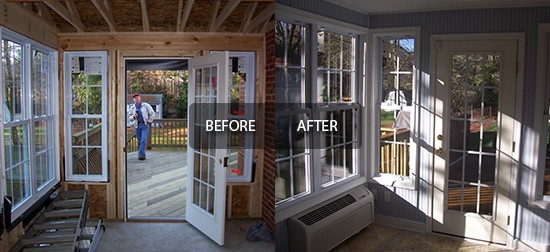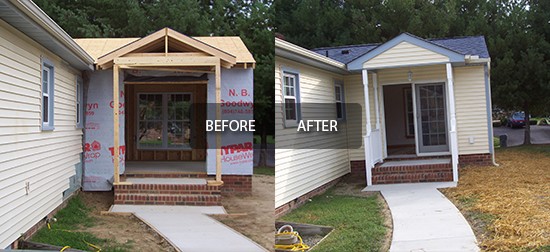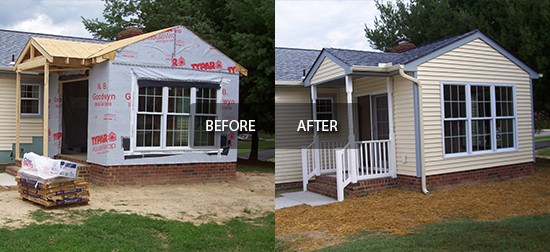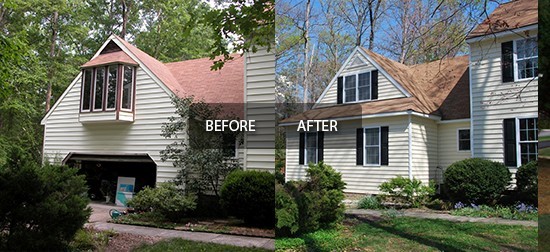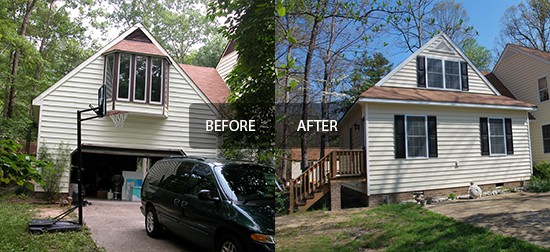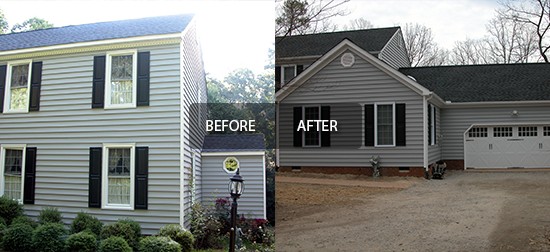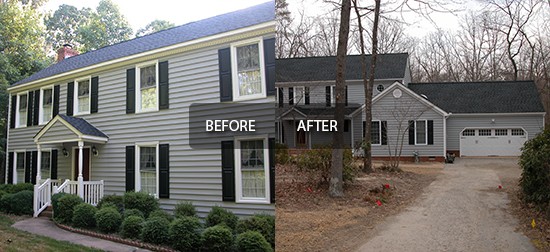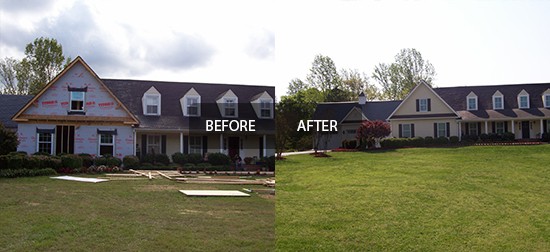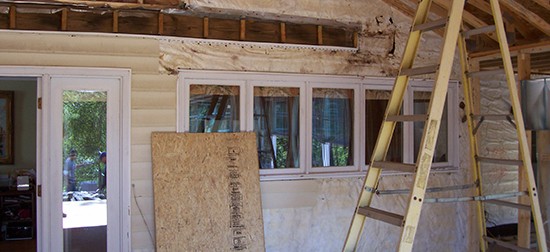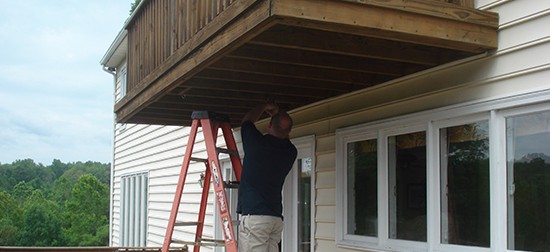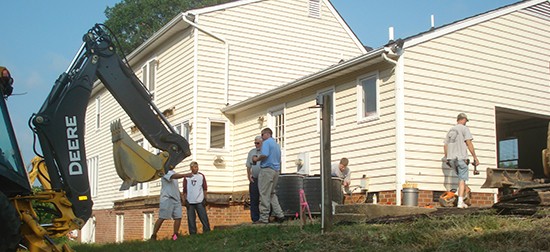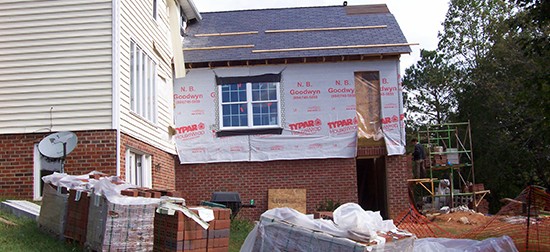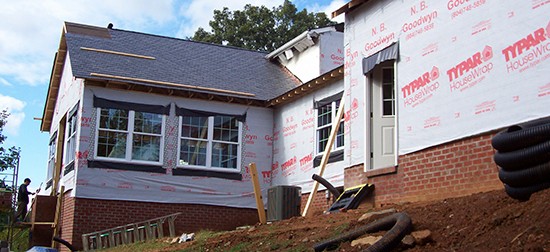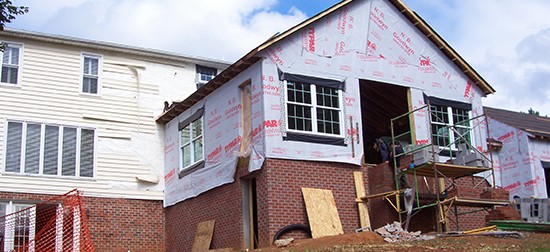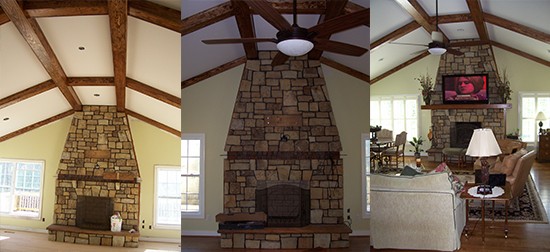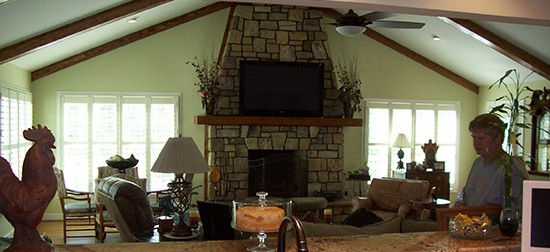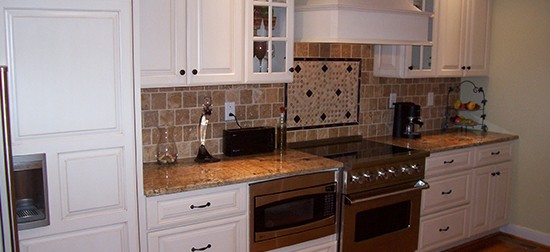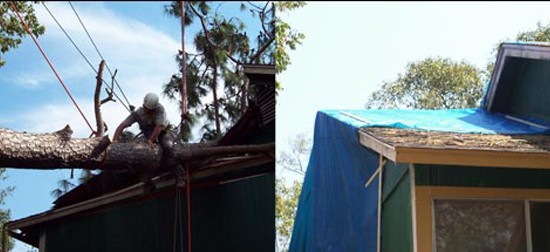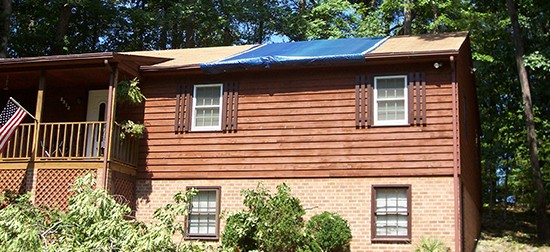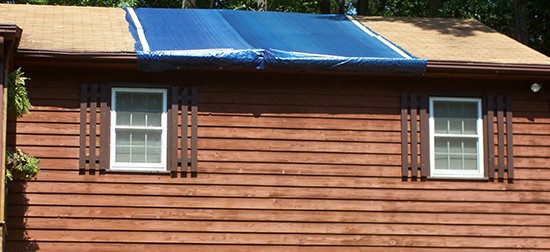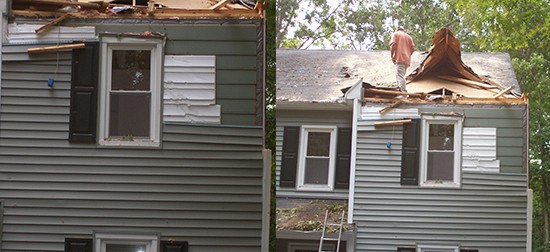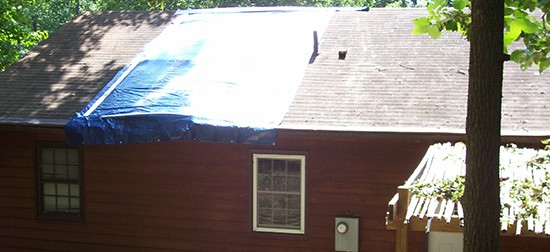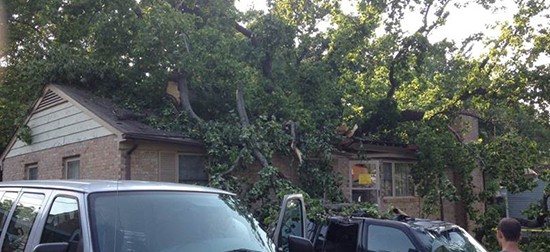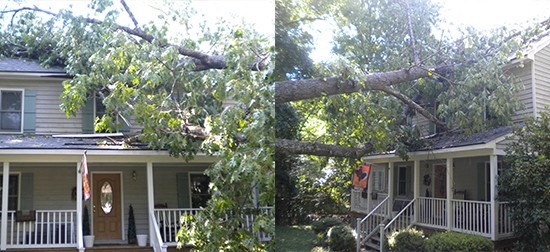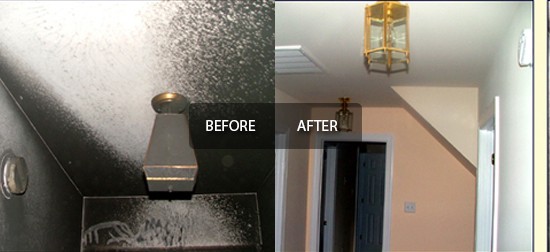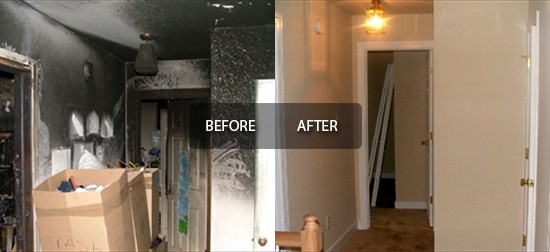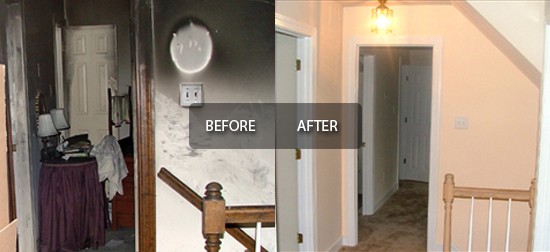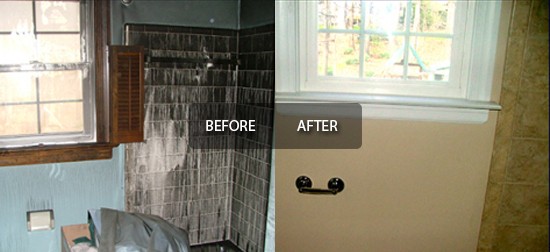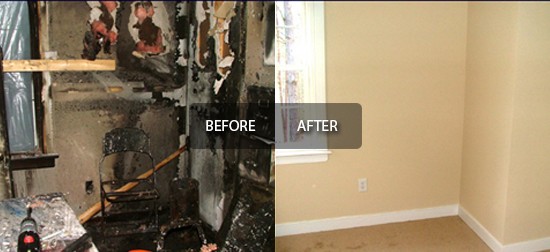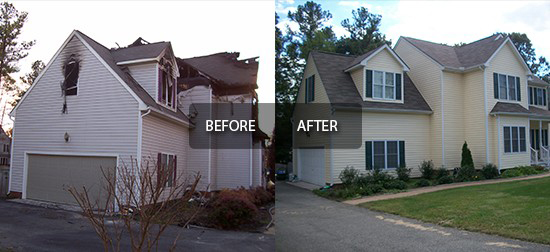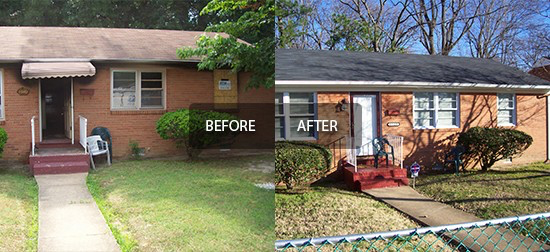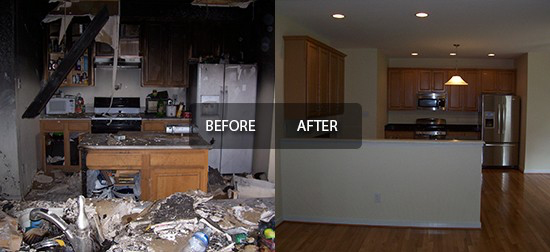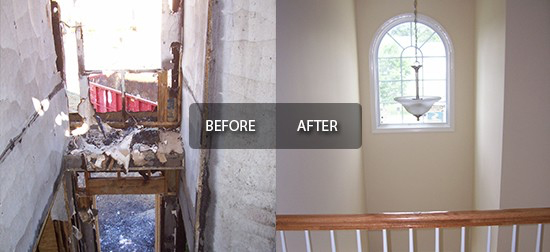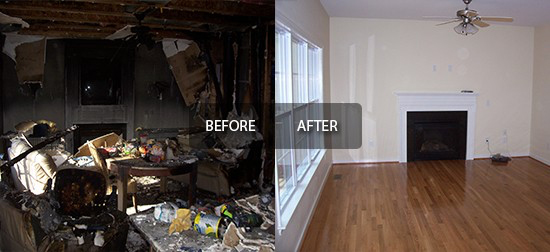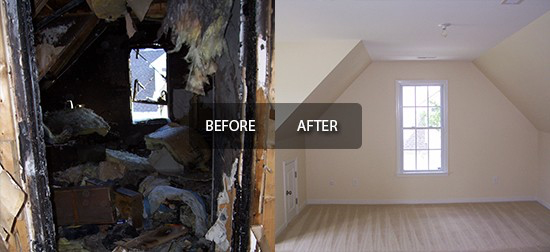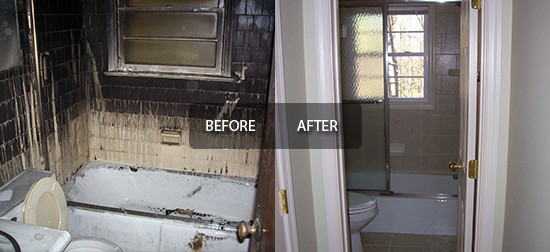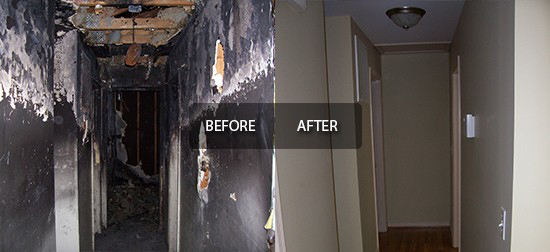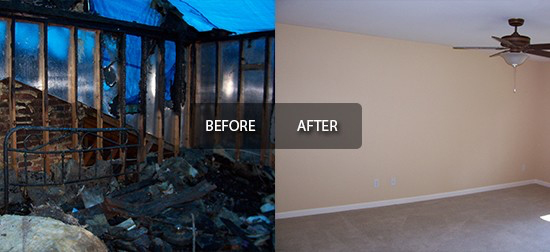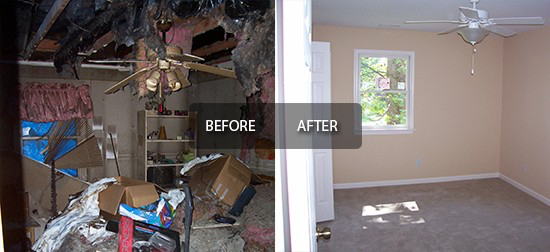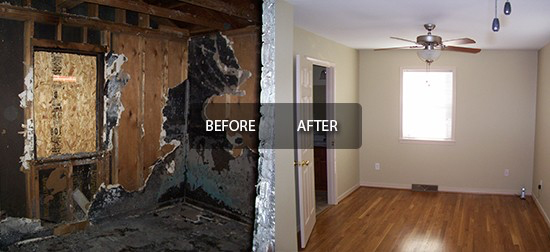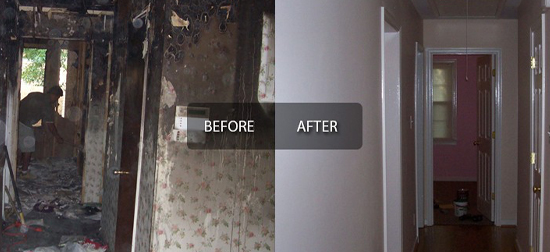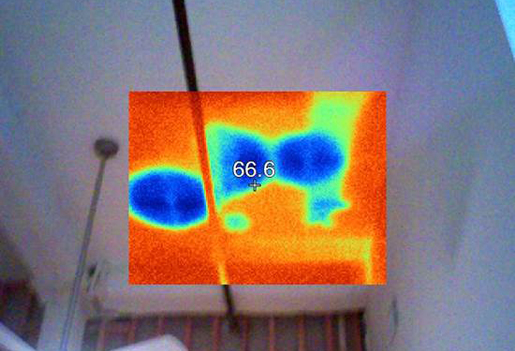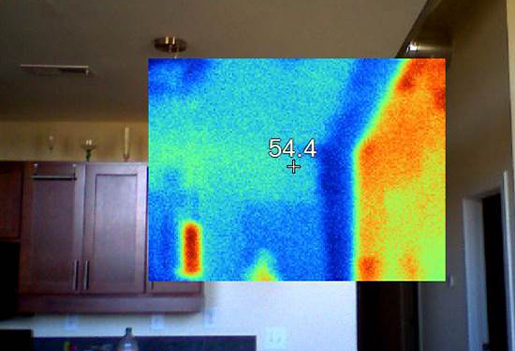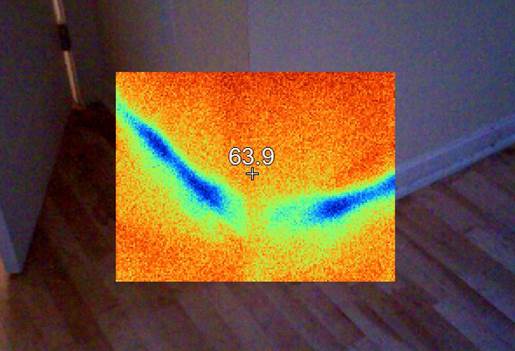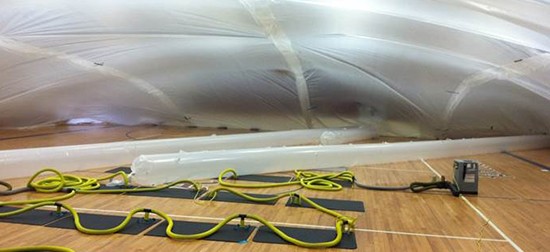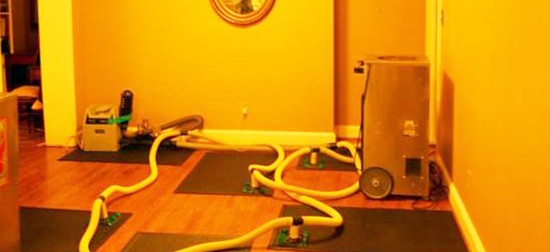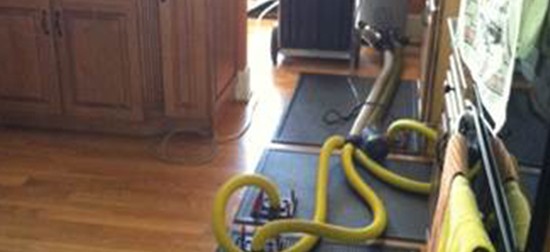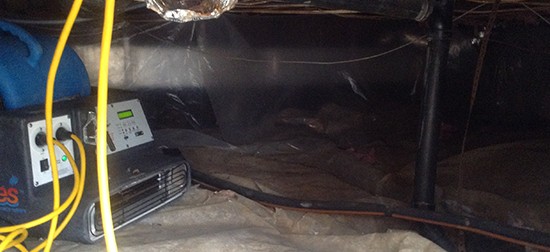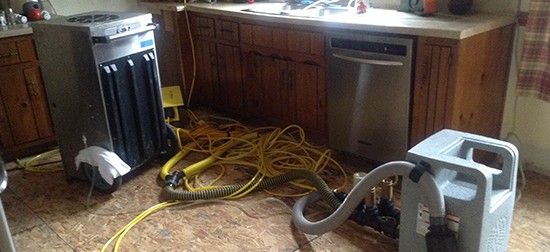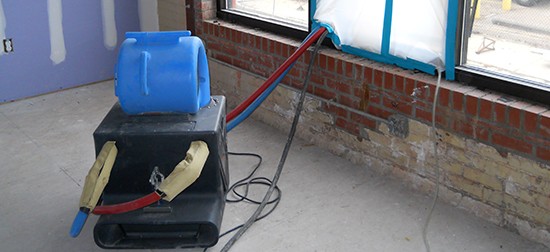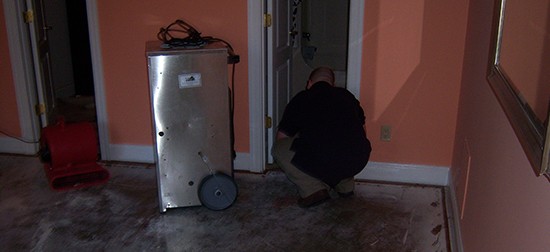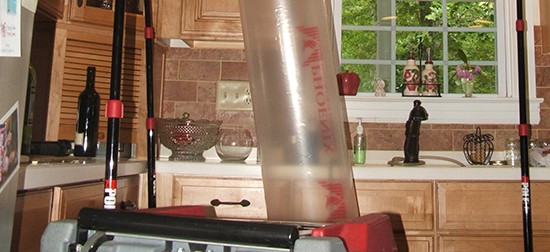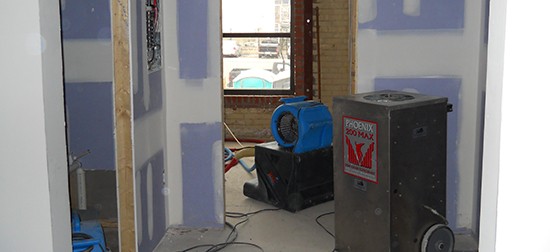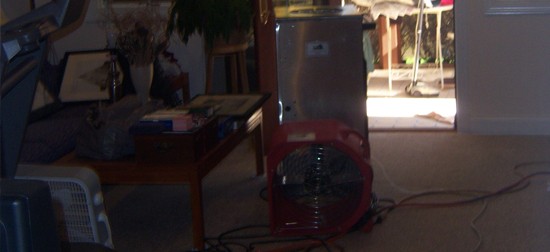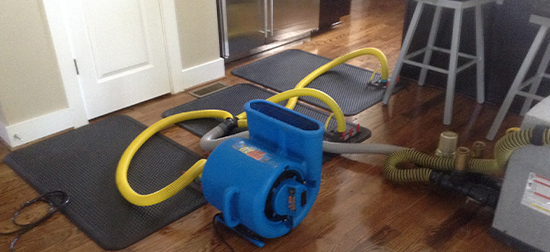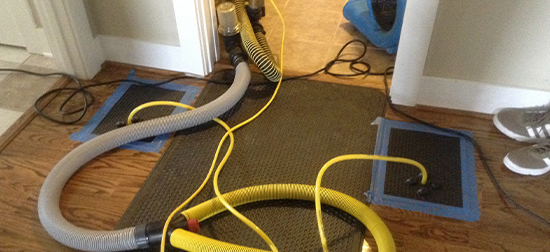Water damage from winter weather can cause significant damage. Even small splits in pipes can create thousands of dollars in damage.
Do you have a winter maintenance checklist?
Do you know how to prevent Ice Dams? Frozen Pipes? Roof Collapse? Cold Air?
Following are some practical tips before cold weather creates challenges is essential. Thorough preparation will help minimize the possibility of significant water damage.
Preventing Ice Dams
You may be asking, “What is an ice dam?” and “Why do I need to remove it?” Ice dams are caused when warm air from the attic heats the roof causing snow to melt and then collect on colder unheated eaves. If they are not removed water can be forced back up the roof under the shingles creating significant damage.
The best way to prevent an ice dam is to clean, inspect and repair gutters and downspouts around your home. Removing leaves and inspecting connections will ensure water is flowing unobstructed through the drain system. Be sure to inspect the
Here is a step-by-step guide on cleaning and repairing gutters.
The Insurance Institute for Business and Home Safety recommends a two-step approach to reducing the size of ice dams.
Step One – Properly insulate your attic. Be sure the floor is airtight in order to keep the heat from below from being transferred into the attic. Check for openings that accommodate things like exhaust pipes, light fixtures, fireplaces. Any openings should be properly sealed; however check to ensure vents are not blocked.
Step Two – Ventilate your attic appropriately. There are a number of methods like ridge or eave vents.
Allowing cold air in and preventing warm air transfers from below will help prevent, or at least minimize the size of, an ice dam.
Preventing Frozen Pipes
Frozen pipes are one of the leading causes of winter water damage. The average claim for burst pipes was $10,000. (source Nationwide insurance)
Insulate pipes that are exposed to cold air. There are several techniques and products for insulating pipes properly. When insulating be sure all of the pipe is protected, don’t leave elbows and corners exposed.
Use a water heater blanket to insulate the hot water heater.
If you plan to be away from home for an extended period of time be sure to keep the house warm.
Make sure water is flowing, during extended periods of extreme cold let the water drip so ensure standing water in the pipes doesn’t freeze and split the pipes.
Seal any cracks, holes or openings in the walls or foundation around the outside of the home.
Open cabinet doors under sinks so warm air can circulate around the pipes.
Here are some additional tips for reducing the Risk of Water Damage.
Preventing Roof Collapse
Although significant snowfall accumulation is not common in the Richmond metro region, it can and does happen.
Most residential roofs are designed to handle 20 pounds of snow per square foot of space. Following are some guidelines to help determine the weight of snow.
Fresh snow – 10-12 inches of fresh snow is the equivalent of 1 inch of water, or about 5 pounds per square foot of roof space. Assuming no structural damage or decay, your roof should be able to support about 4 feet of new snow.
Packed snow – 3-5 inches is equal to 1 inch of water or approximately 5 pounds per square foot of roof space, therefore any more that 2 feet of old snow may exceed the load capacity of the roof.
Ice – 1 inch of ice equals 1 foot of fresh snow. So 4 inches of ice would be the equivalent of 4 feet of fresh snow.
Here is a handy chart for reference. Chart and the facts above provided by Insurance Institute for Business & Home Safety.
Following these basic procedures can greatly reduce the risk of damage; however, should you discover water, or any other, damage quick action is imperative. We have trained and certified technicians on call 24/7 ready to respond to emergencies, find out more here.




